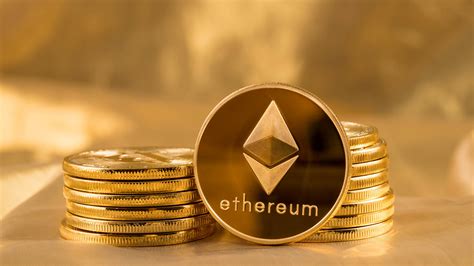Ethereum: Understanding the 21 Million Limit and Block Reward Verification

The Ethereum network, built on the Bitcoin blockchain, is known for its innovative consensus algorithm and decentralized governance model. One of Ethereum’s key features is the implementation of a maximum supply limit, which ensures that there will never be more than 21 million units of the cryptocurrency in circulation. This limit has been in place since the beginning of the network and serves as a hedge against inflation.
21 Million Limit: A Historical Perspective
To understand where this limit came from, let’s go back to the beginnings of Ethereum. The original creator of the Ethereum whitepaper, Vitalik Buterin, envisioned a decentralized platform with a fixed supply of cryptocurrency units. In his proposal, he stated that there would be no hard limits on the total supply of Ether (ETH), except for an annual 10% tax on all transactions.
However, in 2017, the Ethereum Foundation announced a plan to limit the number of new Ether tokens created per block to 21 million. This limit has since been implemented on the Ethereum (EN) network using its own blockchain architecture.
Excerpt: Block Reward Verification
Now that we have explored the significance of the 21 million limit and block reward verification, let’s delve into how it works in practice.
When a new block is mined on the Ethereum network, it includes a reward for the miner who solved a complex mathematical puzzle to verify the order of transactions. This puzzle requires significant computing power and energy input from the network.
The verified block reward is calculated as follows:
- Block rewards are distributed based on a predetermined ratio: 12.5% of each ETH block (i.e. every 4 blocks).
- Each reward is then divided among network validators who have the power to vote “proof-of-stake”.
- The validator with the highest stake receives the maximum number of new ETH tokens as a reward.
Where does the verification process take place?
The block reward verification process takes place in two key places in the Ethereum client:
- Satoshi Client: This is the core node software that runs on most computers and smartphones. It is responsible for managing the network’s blockchain and verifying transactions.
- Testnet
(optional): Some users choose to run a local testnet instance, which allows them to experiment with their own Ethereum client without affecting the main network.
In the Satoshi Client, block rewards are verified using a complex process involving multiple algorithms, smart contract interactions, and cryptographic techniques. When a new block is mined, the client performs the following checks:
- Verifies the transaction order and ensures that it complies with the rules set out in the Ethereum protocol.
- Verifies the calculation of the reward amount using multiple factors, including network activity, computing power, and input energy.
Once verified, the reward is added to the user’s balance, ensuring that they have enough ETH.
Conclusion
In summary, the 21 million Ethereum token limit is a key feature that ensures the integrity and decentralization of the network. The block reward verification process is a complex algorithmic procedure that takes place in the Satoshi client and testnet environments. By understanding how this verification process works, users can better appreciate the basic mechanics of the Ethereum protocol and its role in maintaining the stability and security of the network.
